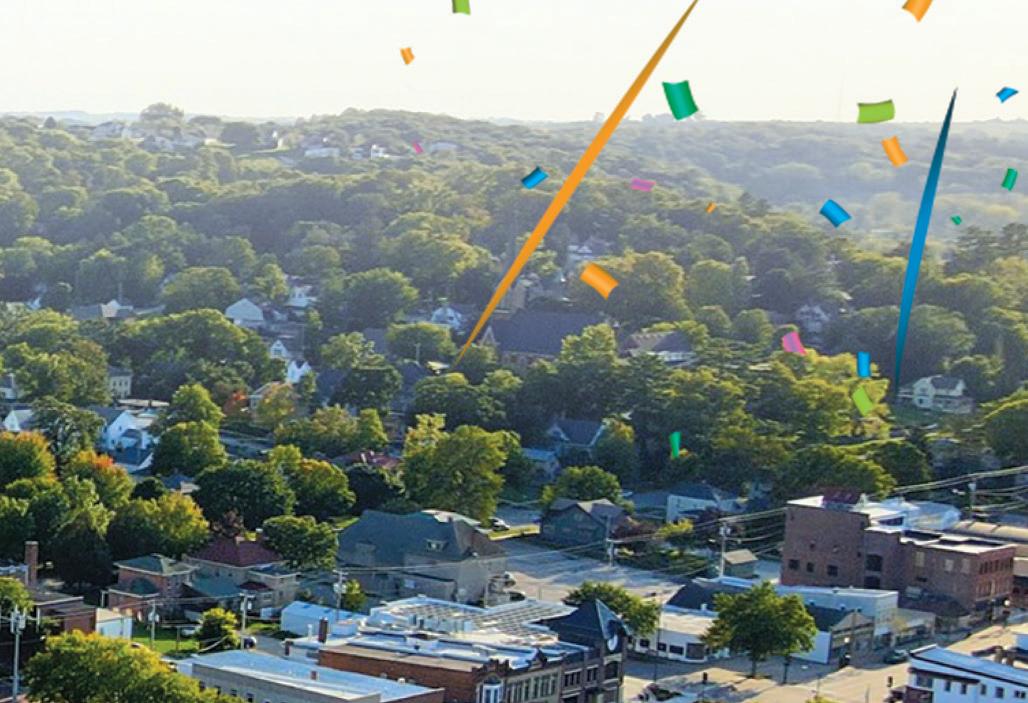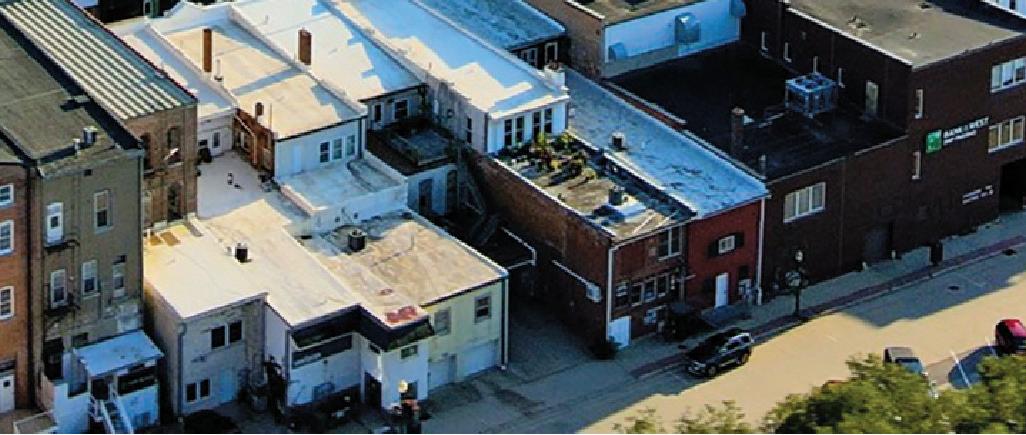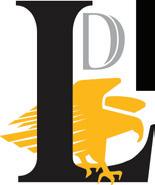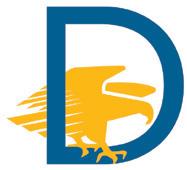CENTENNIAL











































































































BY SETH BOYES NEWS EDITOR
It’s all about a sense of place for Jessica Rilling, executive director of the Decorah Area Chamber of Commerce.
The chamber is celebrating its centennial this month, and Rilling hopes the chamber staff will continue painting a picture of Decorah which continues to draw both people and businesses to the community as it has for the past century.
“My job is to represent the town when I go somewhere else, and when we’re here, it’s
to be in that local ecosystem supporting, leading or creating, in some cases, positive momentum,” Rilling said.
An exceptional community Rilling, a Decorah high school graduate, began her time at the local chamber about four years ago, after having lived elsewhere for two decades or so. She took the chamber director’s position while the world was still adjusting to life during the COVID-19 pandemic and many employees were learning to work remotely from home. It’s the kind of workforce shift Rilling believes will be a discussion
topic among her counterparts across the country for decades to come, but she said it also created new opportunities attract residents by promoting the Decorah area.
“People are moving, when one or both partners are remote workers, and they’re choosing their community based on quality of life — the school system, safety, recreation, access to healthcare and our downtown district,” Rilling said. “That’s very energizing to me.”
And she said Decorah is well-positioned as a desirable community.

“Decorah is hitting high marks at a national level as a place to visit, and we’re scoring at the top for education and safety over and over again,” Rilling said, adding many visitors are surprised by all Decorah has to offer. “The river is through town. We have more city parks than almost any other town in Iowa. We are exceptional.” She went on to say, while the chamber often promotes specific business sectors — industries like manufacturing, retail, restaurants or wellness — promoting a
continued on page B-3
INSET TOP RIGHT- Chamber officials said, while the nonprofit often takes action to support specific industries, the chamber staff also aims to strategically support efforts which benefit the broader community. Rilling said a diverse group of chamber members helps she and her staff better identify community needs.
INSET RIGHT- Rilling and Streeper stopped in to speak with Jamie Gavle, co-founder of Rendered Unique, a boutique on Water Street in Decorah. Chamber officials said partnering with various community members and listening to their individual experiences is necessary to keep the chamber relevant and productive. (Photos courtesy of the Decorah Area Chamber)












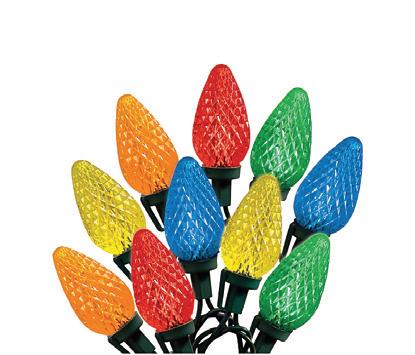






2024 is the Decorah Area Chamber’s 100th year of service to members and community. Founded in 1924 by prominent business leaders and first called the Decorah Commercial Club, the nonprofit organization is a long-standing force for community improvement and a trusted partner in business success.
In the archives of the Winneshiek County Historical Society, intermixed with the old meeting minutes and program leaflets are a noticeable number of articles and testimonials about the Decorah area being exceptional. In 1937, James Gheen was the honored guest at the Chamber’s Annual Banquet held in Luther’s Preus Auditorium. Gheen, visiting from New York was quoted saying, “Decorah is just as large or small as her people make it. I have seen many cities of large population that were in reality small towns, and I have also seen many cities of small populations whose accomplishments were far beyond cities with many more inhabitants.”
Today’s chamber officials said Decorah remains a special place to live, work, and visit — attributing the city’s success in part to its natural resources and the people who live here and actively invest their time, talent and financial resources.
And the chamber now aims to recognize businesses and individuals who have applied their specific talents for the betterment of the broader community. The chamber will be debuting its inaugural business award presentation during the nonprofit’s 100th Birthday Party from 5-7 p.m. Tuesday, Sept. 24 in the Vesterheim Commons.
“The new awards event is a way to recognize excellence,” said Chamber Executive Director Jessica Rilling. “And we have no shortage of that here. I’m proud to host this event where we can come together to honor businesses and individuals who go above and beyond, because they are of good character and strong work ethic and because they love where they live. We are pleased that we can introduce this annual award event in the chamber’s centennial year. Celebrating the hard work of our businesses and our people is a valuable and mission-aligned effort — one worth establishing a new tradition.”
community’s overall character and amenities can appeal to prospective residents and business owners. She said some in the community may not realize the full scope of the chamber’s efforts, but they likely benefit from them and similar work conducted by local economic development groups.
“We are hosting the visitors center, we are getting awards for our town, we are communicating with people at a state and national level, and you want that for your town,” Rilling said.
Rilling highlighted a re-
The Decorah Area Chamber of Commerce extends appreciation and congratulations to the 2024 business and individual award winners:
Business of the Year
JB Holland
Construction
Excellence in Design and Construction Vesterheim, for the Vesterheim
Commons Project
Excellence in Customer Service
Double Windsor Clothing Co.
Excellence in Agriculture
Jewell Enterprizes
Excellence in Marketing
Rendered Unique
Dedication to Community
Decorah Bank and Trust
Positivity Award
Inspire(d) Media
Legacy Award
Mabe’s Pizza
cent community effort to have Decorah’s downtown area recognized as a cultural and entertainment district, which it achieved last year and became one of only 18 such districts in the state. Rilling said the chamber’s help in securing the 10year designation was a strategic effort to support Decorah’s downtown businesses and, by extension, the broader community.
“Any time you get on a short list for being excellent, that helps from a workforce recruitment and retention standpoint,” Rilling said. “There’s a nice and
amazing ripple effect that happens.”
Strategy and positivity
The Decorah Chamber currently has about 300 members who help guide those efforts, with more than 80 professionals serving on the chamber’s boards and committees. Rilling indicated those individuals are themselves a resource to the community in not only volunteering for events, such as distributing gift baskets to area farmers during harvest, but she said each contributes their individual perspectives as a lo-
Innovation Award
Cardboard Robot
Collaboration Award
GEAR Exchange
Emerging New Business Salú Sauna + Wellness Spa
Tourism Award Toppling Goliath
Ambassador of the Year Joe Hammel
Volunteer Excellence Award Mike Harman
Young Professional Award Sean Brown, Mary Duvall, Stephanie Fromm, Mark Jensen and Brittany Todd
cal resident to help the chamber more easily identify the community’s needs — she noted past generations of the chamber took a similar approach in forming their volunteer committees.
“If chambers are smart, they do that, because you need that,” Rilling said. “You need a broader group of people, and it needs to feel representative. You need all of those board members, ambassadors and committee members who know things, who have social capital and how all have their own experiences here. That’s a strength in the model. I like that model,
Rilling went on to say events like the upcoming awards ceremony are powerful in that they shape how the public feels about the community. And she said recognizing success and achievement within the community can help others who are entering into their own community ventures, and she feels the awards fit well with the chamber’s core purposes.
She and other chamber officials said three themes have remained central to the nonprofit over the last century. The chamber staff said change and improvements to a place are the work of motivated citizens with the capacity to do so. They also feel gathering together for the purpose of recognizing hard work is a good and worthwhile investment of time, and they believe creative and productive solutions to local problems can be found through education, strategic-thinking and collaboration.
The upcoming celebration and awards events is sponsored by Viking State Bank and Trust as well as Rubaiyat Restaurant, and will feature the Rhapsody Quartet. Champagne cake, and appetizers will be served by Luther Catering during a social hour from 5-6 p.m. Rilling and Chamber Board President Lisa Lantz will lead the presentation of awards starting at 6 p.m. A total of 12 business awards will be presented in addition to seven individual awards. The portfolio of awards created by the chamber was based on research at a state and regional level, and the final list of recipients was approved by the chamber’s full board of directors. RSVPs are required for the celebration. Attendees are asked to contact chamber staff directly to secure a seat at the event. Staff in 2024 include Rilling, director of member services Amanda Streeper and hospitality associate Meg Storkamp. The chamber also manages the Visit Decorah Tourism contract, which is fulfilled by Alyssa Ritter. The Decorah Area Chamber works closely with the Winneshiek County Development team, Downtown Decorah Betterment Association and the city of Decorah in supporting the success of the local business ecosystem and maintaining the local quality of life. More than 80 area professionals serve on Decorah Area Chamber Board and its committees.
and I think that helps it stay relevant and stay productive.”
The chamber also takes steps to foster the next generation of local leaders by providing professional development and networking opportunities, Rilling said. She cited the Empower Decorah Class series — a rebranded iteration of previous chamber offerings — as a means of helping local professionals feel connected to members of the Decorah community.
And the chamber staff will launch a new annual award ceremony during its 100th birthday celebration on Sept. 24 to
recognize the successes of area businesses and individuals. The upcoming awards ceremony is an initiative Rilling feels will inspire other chamber members and aid them in attaining their own successes.
“I’ve always believed that you create more substantial and more long-lasting change if you come at things from a place of appreciation, recognition and positivity,” Rilling said. “That is nearly always the best strategy — recognize what is being done well.”






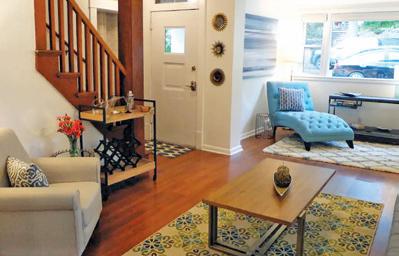
















































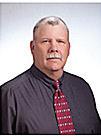
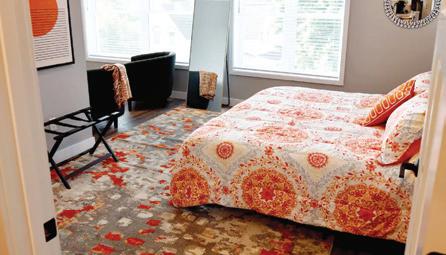







BY SETH BOYES NEWS EDITOR
In some cases, they wanted to see Decorah’s through-traffic increase. In others, they wanted to be sure motorists weren’t routed around the city’s main street businesses. In each instance, the Decorah Chamber of Commerce took official stances its members thought would benefit what some called “the fairest town in northeast Iowa.”

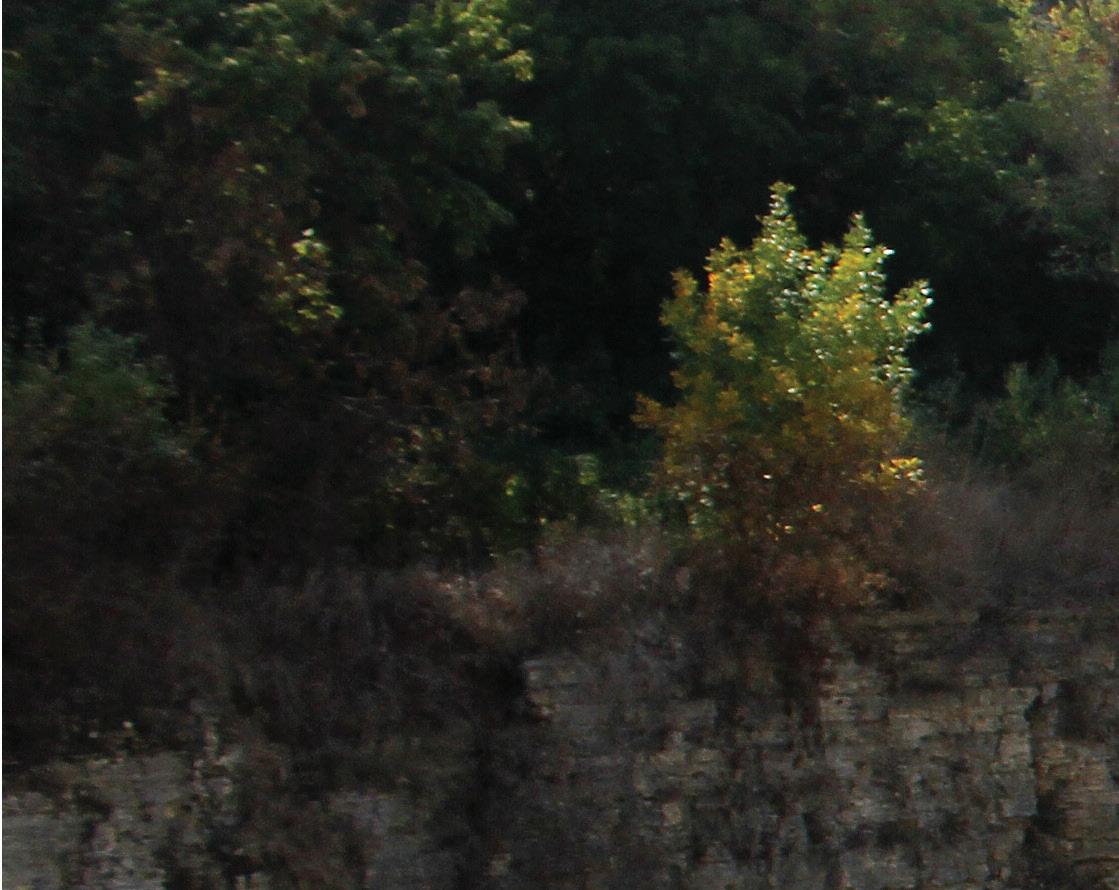

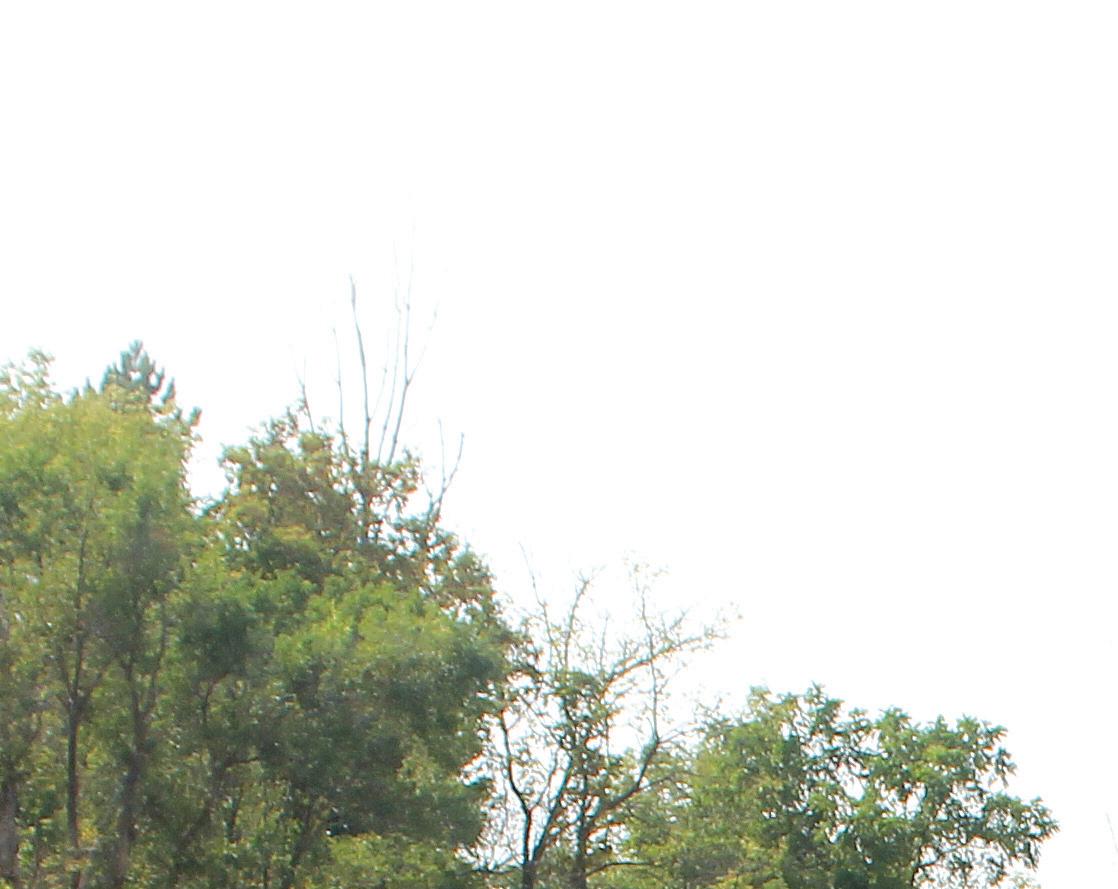
Chamber officials passed a resolution ahead of the 1933 Chicago World’s Fair, asking Major George A. Quinlan, superintendent of County Highways for Cook County, Illinois, and other organizers to designate Iowa’s former U.S. Highway 55 as “one of the accessible and desirable routes” to the anticipated fair. Highway 55 followed a route through Winneshiek County similar to that of today’s Highway 52. Chamber officials noted at the time Highway 55 was not only soon-to-be fully paved from the state line to the Minneapolis-St. Paul area, but it was said to be the shortest distance for drivers traveling between Chicago and the Twin Cities. In addition, the chamber argued the Highway 55 route “passes through one of the richest agricultural sections in the world and is contiguous to a wellbuilt-up, highly-populated territory adjacent to Chicago.”
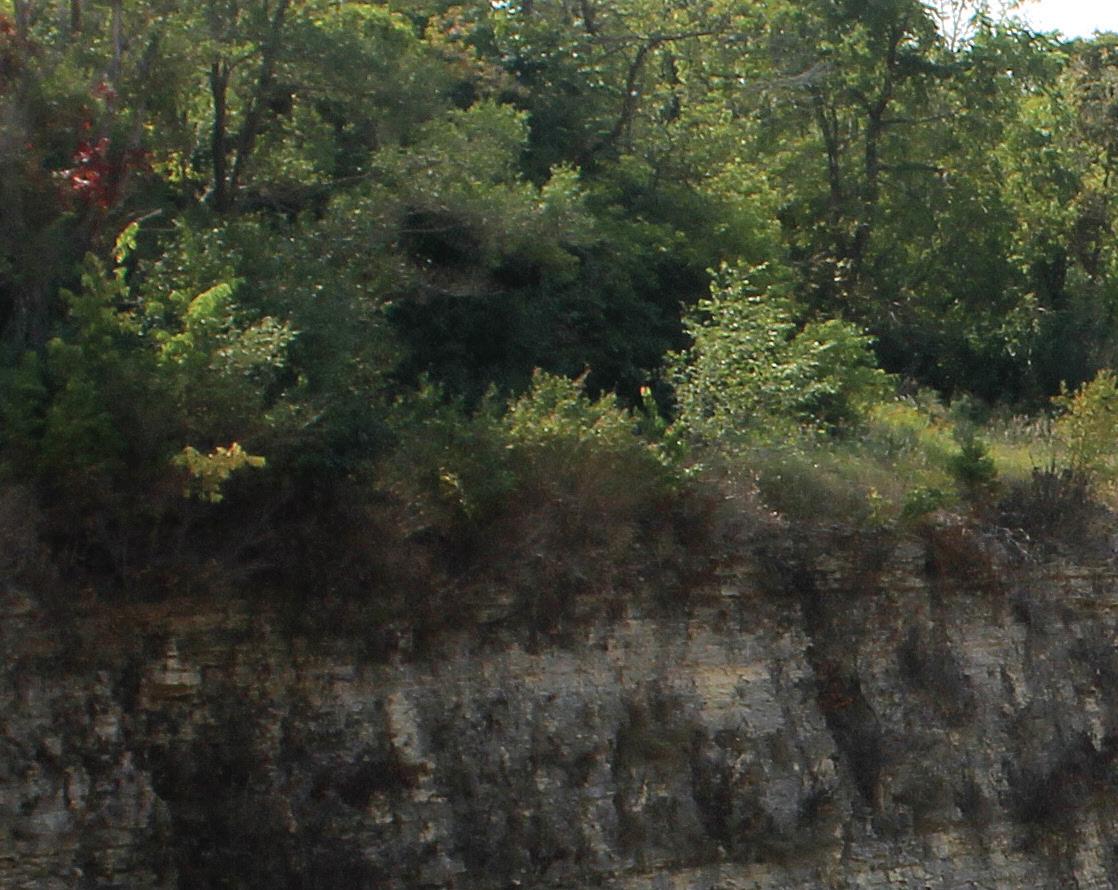
Archives from the University of
Wisconsin Milwaukee Libraries show Highway 55 was indeed among the roadways depicted on the fair’s map of central states. The Chicago fair — also known at that time as “A Century of Progress” — officially opened on May 27, 1933. The May 25, 1933, edition of the Decorah Public Opinion said traffic across the bridge spanning the Mississippi River near Marquette — about 35 miles southeast of Decorah — had increased by several fold in a matter of weeks. The archives said several news outlets were promoting the Highway 55 route and, in some cases, citing “this Mississippi valley area and particularly this section of beautiful verdant hills and graceful valleys as the ideal route for the families of tourists intending to visit the fair this summer.” Meanwhile, the U.S. Highway 55 Association, lead by Decorah’s C.N. Houck, was helping promote the simple slogan, “U.S. Highway 55 is the shortest route to Chicago,” according to the archives.

“Northeastern Iowa is being featured as a scenic section on the shortest route to the Chicago Fair by the leading Chicago merchants in folders and advertising being sent out and by the Century of Progress Association itself,” the Public Opinion said.
The Aug. 2, 1933, Decorah Journal noted some locals took the highway association’s slogan too literally, following Highway 55 farther south than necessary, possibly assuming the highway to be a direct route to Chicago. The Journal poked a bit of fun at B.B. Anundsen, then vice president of the Decorah Chamber and




an executive at the former Decorah Posten, saying the newspaper employee had read the slogan in his own publications and continued along the highway even after it became a gravel road — stopping from time to time to ask if he was still on Highway 55. “Finally, at Savannah, no not Georgia, but Savannah, Illinois, which is out on the route to St. Louis — Mr. Anundsen decided to ask if this was the route to Chicago,” the Journal said. “Then he took another route — not the shortest — to Chicago.” Chamber advocated for downtown businesses amid state highway shift Iowa Highway 9 didn’t always wind south of Decorah. During the 1930s, the highway still passed through the heart of the city — running down Water Street. When state officials proposed the highway be shifted a few blocks south, members of the DecRoads continued on page B-5
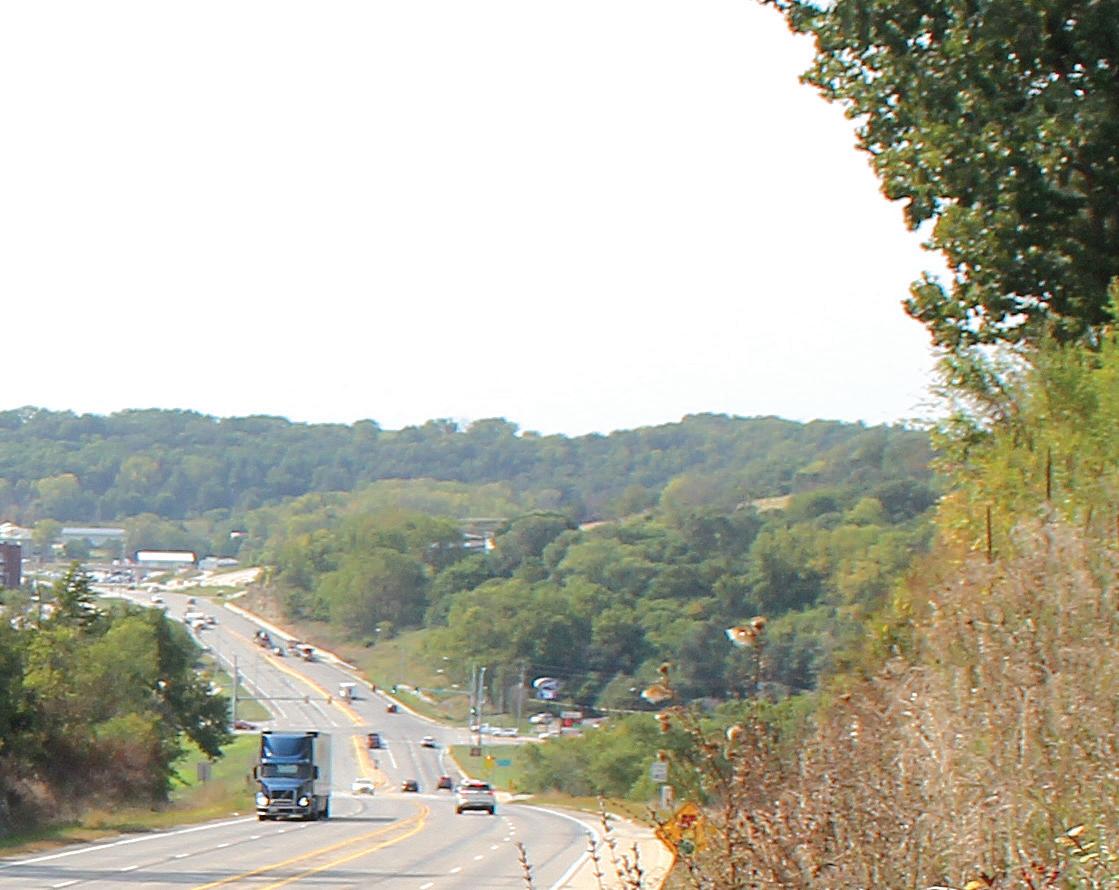




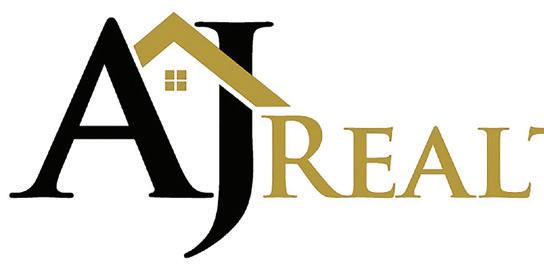

















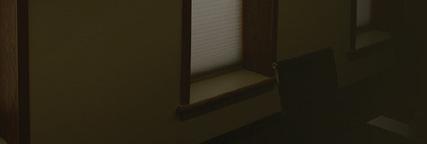































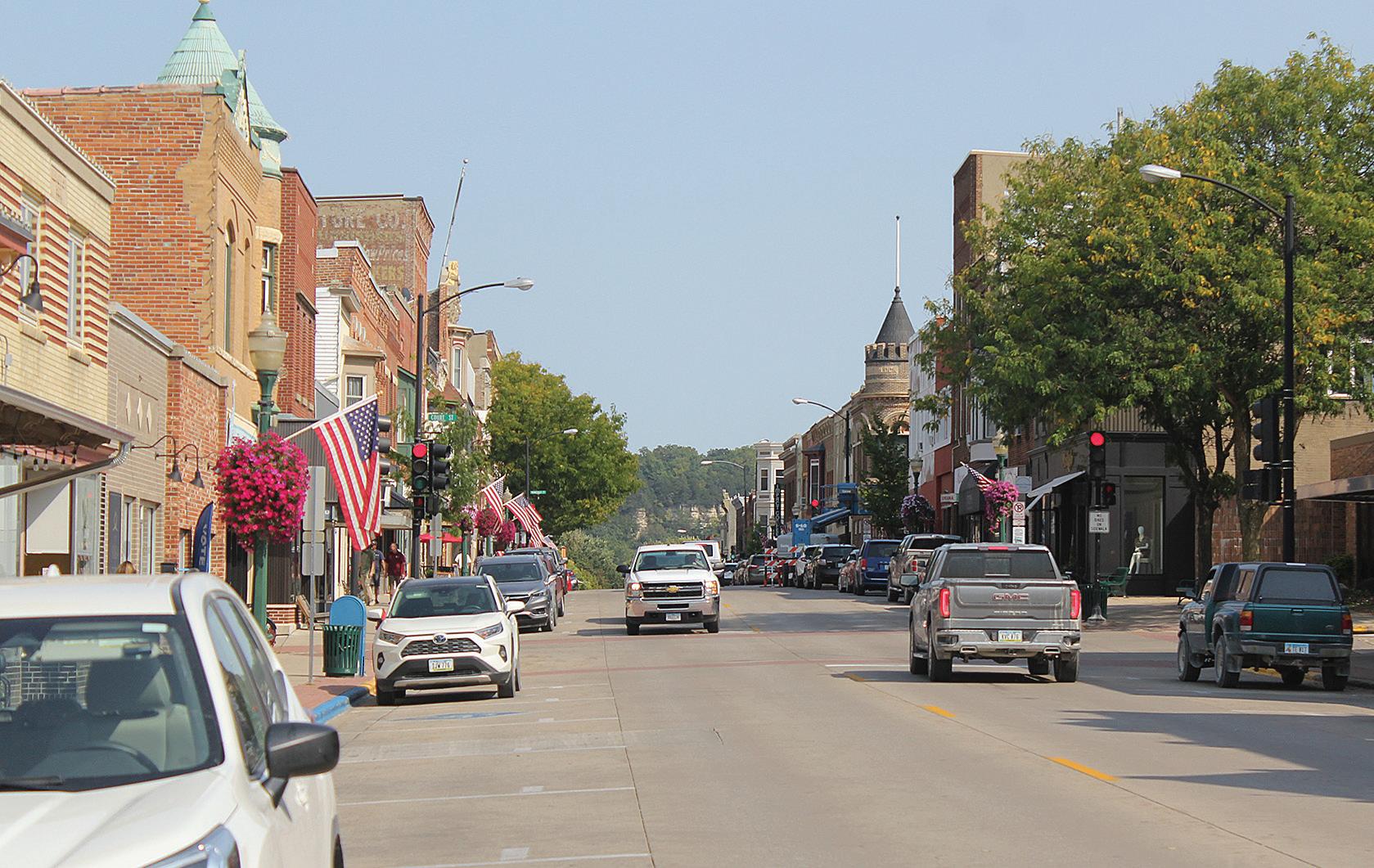
Traffic following Highway 9 through Winneshiek County once led motorists down Water Street in
The state proposed moving the highway a few blocks south in the 1930s — a move which the Decorah Chamber of Commerce felt at the time "would be a very serious blow to Decorah businesses." Local officials refused for decades to allow the rerouting of Highway 9 — the highway was eventually rerouted to the south of the city in 1969, after public opinion on the matter seemed to have shifted. (Decorah Leader photo by Seth Boyes)
orah Chamber of Commerce voiced their opposition, saying “it would be a very serious blow to Decorah business,” according to archives housed at the Winneshiek County Historical Society.
The state plans at that time would have seen the highway run along Broadway Street from Mechanic Street on the west to Montgomery Street on the east before turning south again near the former Decorah Hospital — which exists as the Smith Building today and houses the Northeast Iowa Community Action Corporation.
“The businessmen of Decorah have spent years of effort and many dollars to get these paved highways to our city and are now about to lose the beneficial effect of their efforts just when they are most in need of this business,” an archived chamber committee report said.
The chamber’s committee went on to say altering the highway was unnecessary and would require further expenditure at taxpayer cost to construct a bridge along East Broadway in order to cross Dry Run — plans to reroute the river were proposed more than a decade later as part of a flood control project.
The chamber formed a committee to tackle the issue in November of 1932, according to archives of the Decorah Journal, after Decorah’s Claude Cool, a highway district engineer, told the local chamber of
the state’s plans to move the highway — Cool claimed the proposal had come in response to a request from the Decorah City Council as it sought to alleviate congestion outside various Water Street Businesses, but the Journal reported the next month that the city council was also opposed to relocating the highway.
Cool also told the chamber the state’s plans had yet to reach a point where they could not be changed, and archived chamber reports said the engineer was confident, “if Decorah regulated parking on a few blocks along Water Street so as to eliminate this congestion that then the present routing of Highway 9 would be retained.”
The chamber’s committee recommended its members pass a resolution asking the city to rescind any motion it may have made regarding a new route for the highway and enforce a one-hour parking limit for three blocks of Water Street during business hours. Double parking was also to be restricted “unless the driver remains back of the wheel,” and freight trucks were to deliver merchandise to the Water Street businesses via the rear alleys rather than directly on the downtown’s main thoroughfare.
“It has been a real effort on the part of a driver to back into a vacant parking place and a greater effort to get out, particularly when other cars double park alongside,” archives of the Decorah Public Opinion said.
“Some cars were marooned along the curbing for hours, unable to get out, on account of double parking.”
The Dec. 15, 1932, Decorah Public Opinion reported the chamber’s resolution was passed unanimously and was later presented to the city council. By August of 1933, angled parking was being put in place along Water Street to address the traffic issues — parking along several other downtown streets had been changed to the angle model two years prior, but Water Street “was left out of the program,” according to the archives.
The Public Opinion reported in April of 1935 that the state’s highway commission was still seeking the Decorah City Council’s consent to rerouting the highway, but the council refused.
“Many Water Street businessmen object to such a change, and the council expects to be guided by their desires in this matter,” the newspaper said.
Amending the highway’s route was discussed again in 1943, according to the archives, and the Decorah City Council sought public input in early August of that year.
“The Iowa State Highway Department, after threatening for many months, is now seriously considering the rerouting of Highway 9 so that it will no longer pass through Water Street in Decorah,” archives of the Public Opinion said. “Traf-
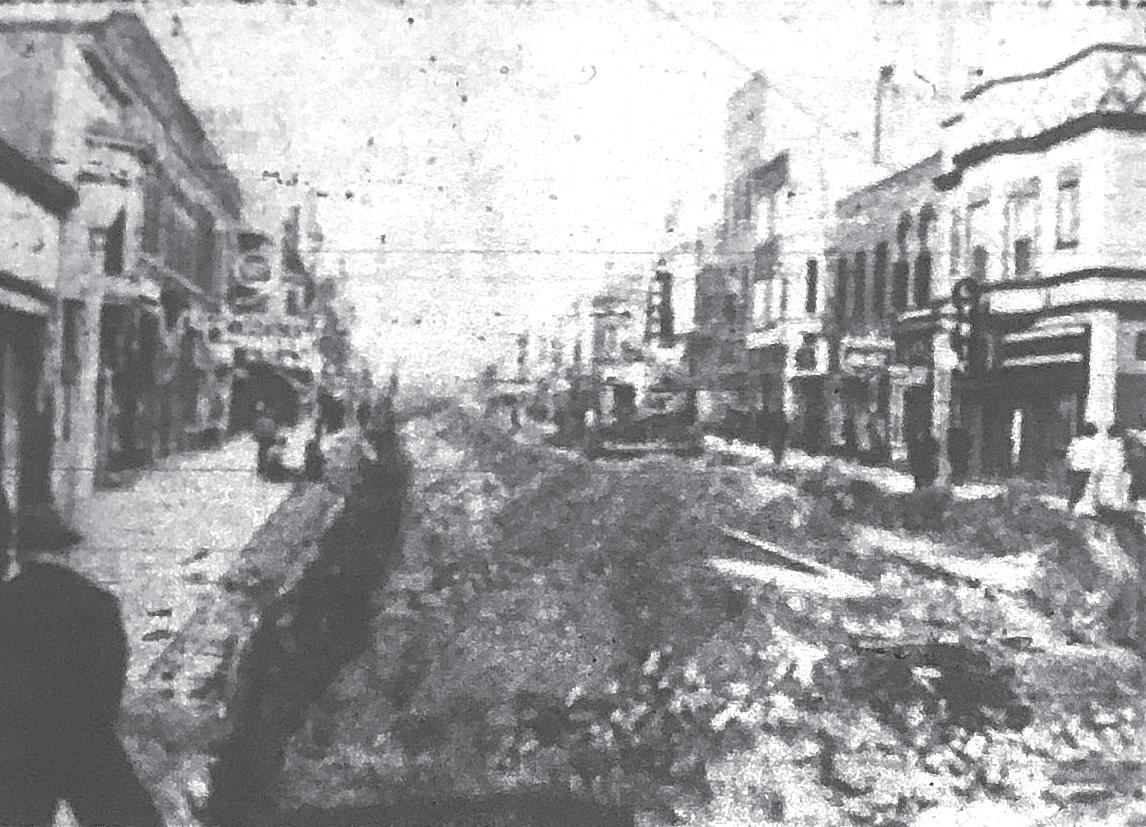
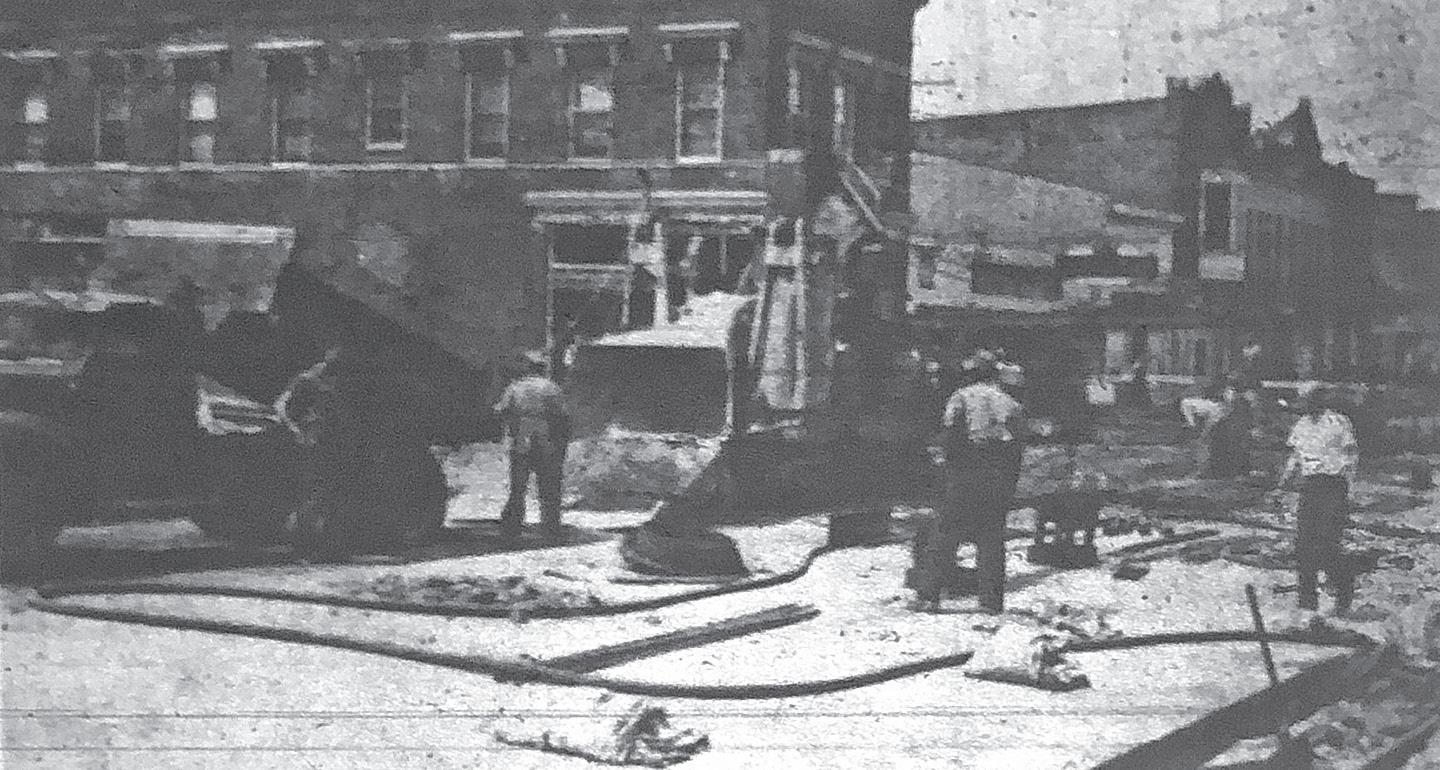
fic conditions on this street are given as a factor, but by-passing of cities and towns is also a general policy of the highway department where possible.”
Water Street, which had at one time been surfaced with bricks, was repaved in 1947, a change the Decorah Chamber of Commerce said was just the start for improvements in the city, adding that the community had the opportunity to “present a business street that is modern in structure and beautiful to the eye,” rather than “permit that business street to become shabby and run down.”
“Physical improvements and additions come to all towns sometime during their existence,” chamber secretary John Johnson wrote at the time. “The prime difference between a town that grows and one that dies is the willingness of its citizenry to look forward toward a new and greater program rather than behind toward programs completed.”
The Decorah community continued to expand. The Winneshiek County Hospital Board
was preparing to take bids on the proposed construction of a new $3.5 million acute-care hospital to the southeast of the city, where WinnMed stands today. And public sentiment regarding Highway 9’s route through Decorah seemed to have changed by that point.
Truck traffic was “creating an annoying uproar” in downtown Decorah, according to an editorial published in the July 22, 1968, Public Opinion. The newspaper staff said Broadway and Water Street were bearing most of the east-west highway traffic as vehicles made their way through “the peaceful little capital city of Iowa’s scenic wonderland.”
“City residents visiting in Decorah often make the observation that Broadway and Water Streets are noisier than many of the busiest streets of their cities,” the staff wrote. “It is to be hoped the new Highway 9 bypass will remove this nuisance from our town. When completed, Highway 9 will reroute traffic around the southern outskirts of Decorah.”
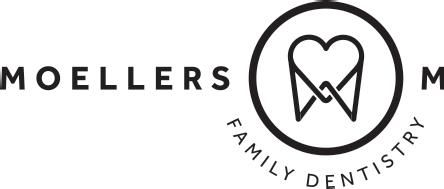

The local papers reported on the progress of the new highway over the next few years, and the final stretch of the new highway officially opened in late December of 1969 — archives of the Public Opinion indicated nearly 285,000 tons of rock were removed from the area near Minowa Heights during the project. Plans for the new community’s new hospital lot were published approximately a year later, specifically showing an entrance from Highway 9. Winneshiek County Memorial Hospital opened its doors for occupancy on Feb. 3, 1971, according to historical information from WinnMed.
Members of the Decorah Chamber of Commerce had toured the facility in April of 1970 to learn of all the modern accommodations and technology being put in place at that time.
“After the tour, chamber members admitted that this would be one place where it wouldn’t be too bad to be sick,” the April 16, 1970, Decorah Journal said.


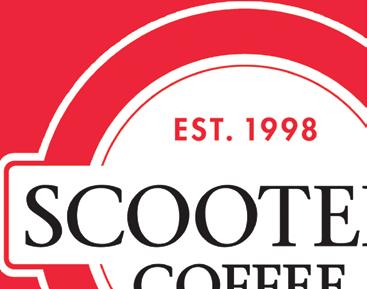







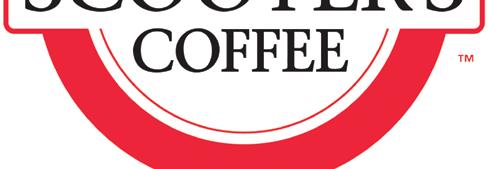














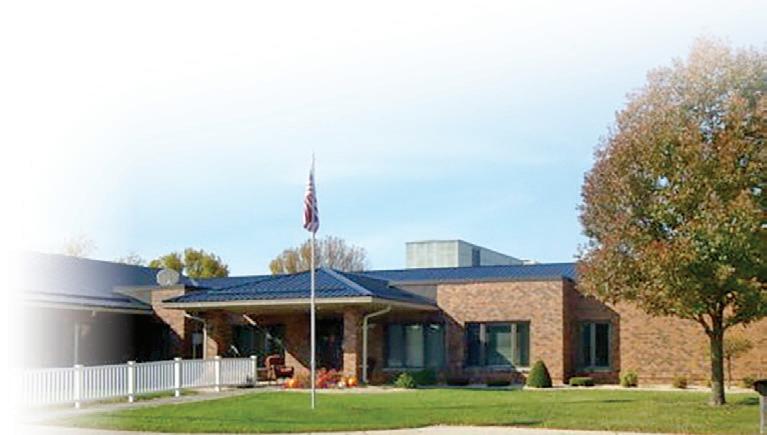




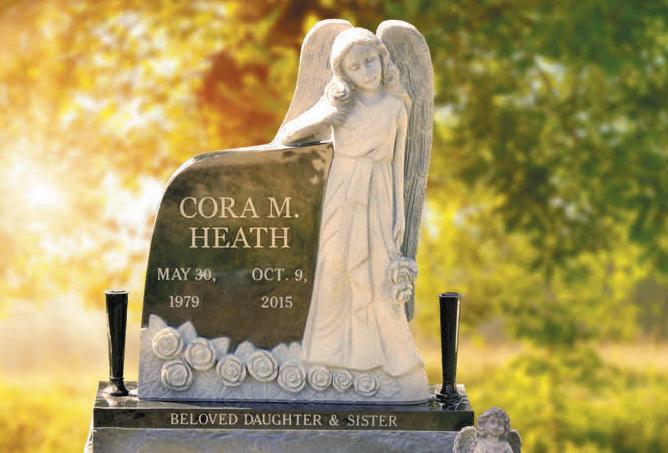


BY SETH BOYES NEWS EDITOR
The Decorah Chamber of Commerce supported city officials in advocating for the annexation of property both north and south of Decorah at a time when the city’s population was continuing to expand during the 1960s. The proposition, which had been submitted to the Decorah City Council the previous year, called for the addition of about 1,100 acres to the city, including the Minowa Heights area, the Rosendahl Addition, areas near Locust Road and about 200 acres belonging to Luther College.
The chamber provided estimates and data for the city of Decorah in November of 1969, saying the annexation would add about $1 million in assessed value to the city’s property tax revenue and about 600 people to Decorah’s official population. The chamber expected the city’s total number of residents could reach 8,000 if the annexation took place. Decorah’s population had been on a steady incline since 1890, according to U.S. Census records, and had increased by several hundred people each decade.
“While no promise can be made with regard to future taxes for the present residents of Decorah, it would seem logical that an increased tax base would have the effect of spreading necessary taxes over a greater number of families,” the chamber wrote in its correspondence with city officials.
Archived chamber documents, now in the possession of the Winneshiek County Historical Society, said the proposed expansion of Decorah’s city limits was expected to provide residents in those 1,100 acres not only city utilities and services — such as street maintenance and lighting as well as fire and police departments — but also give them “a feeling that they are helping to support the recreational services, such as summer recreation programs, city parks, the library, etc.”
The chamber noted at the

time that Decorah voters had turned down a previous proposed annexation, while the city of Mount Pleasant had approved one for 2,000 acres.
“This was so well received that Mount Pleasant has since taken in 3,000 more acres,” the chamber said.

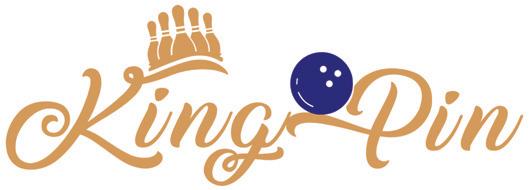

Archives of the Decorah Journal said the chamber’s board unanimously endorsed the annexation during its Nov. 20, 1969, meeting — the matter was scheduled to be decided at the polls the next month.
“As your chamber of commerce, we strongly recommend
that you vote in favor of this measure when given the opportunity to do so on Tuesday, Dec. 2, 1969,” the chamber said at the time. “Every vote counts — yours particularly.”
“But, as said before, the existing city limits do not provide room for growth. The valley is filled up, and there is no place for incoming residents to locate except on the hills around the city, which have been outside the city limits.”
- Dec. 2 1969 Decorah Public Opinion
The Dec. 2, 1969, edition of the Decorah Public Opinion reminded residents of the upcoming election to decide whether the city of Decorah should annex about 1,100 acres of land. The Decorah Chamber of Commerce supported the annexation, saying the expansion of the city limits would spread the tax base over a larger population and generate an estimated $1 million in property tax revenue while providing improved services to areas like Minowa Heights. The public approved the plan with more than 60 percent support at the polls. (File photo)
which the Public Opinion said could “see as many as 100 men at work making fasteners here a year from now.”
and there is no place for incoming residents to locate except on the hills around the city, which have been outside the city limits.”
The Public Opinion went on to say that many in the community were unaware at that time the city of Decorah had provided water to 52 homes in Minowa Heights for about 57 days when residents in that area were having temporary problems with their private well system.
More than 61 percent of local residents ultimately voted in favor of expanding the city limits — 857 in support to 545 in opposition.
The annexation was challenged in court by residents of the affected areas, according to local archives. State law at that time prohibited residents of the 110 homes within the annexed area from voting. The March 28,1970, edition of the Decorah Journal noted the state legislature had passed a law to allow residents affected by a proposed annexation to vote in such elections, but the new law didn’t take affect until July of 1970 — more than six months after the Decorah annexation was decided.
An attorney representing about 600 local residents filed a legal case, claiming the previous law was unconstitutional and saying it violated the oneman, one-vote rule. A district court ruled the previous annexation was indeed constitutional, and the case was later appealed to the Iowa Supreme Court, which denied the appeal and returned the matter to the district court. But, by the end of that year, residents living on about 200 acres of the area to be annexed had voluntarily been added to the city limits.
The district court eventually ruled in February of 1971 that the city could move forward with the annexation the same day as the ruling.



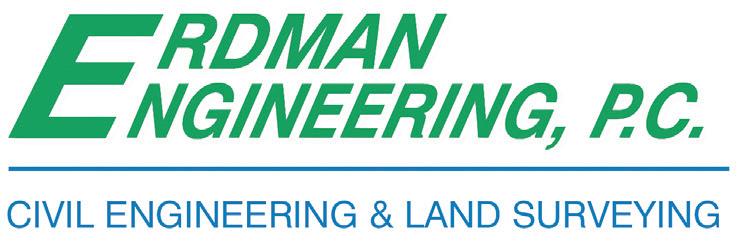
The staff of the Decorah Public Opinion also endorsed an affirmative vote of the city’s proposed expansion, saying Decorah’s physical and economic growth would be stunted if the measure was voted down.
The paper noted the city had recently added two new industries in the form of the new Winneshiek County Memorial Hospital — a facility twice the size of its predecessor, requiring twice the staff — and what the paper called the Camcar industry,
“These additions will bring new people to town, boost the local economy and provide a better standard of living for all Decorah residents through general upgrading of the wage scale to meet the new competition,” the paper said. “Now the city of Decorah must react to the challenge by providing suitable residential areas and utility services for the newcomers and existing residents who would like to upgrade their living quarters. But, as said before, the existing city limits do not provide room for growth. The valley is filled up,







Decorah’s population continued to grow following the decision. The city encompassed about 7,200 residents prior to the annexation, according to U.S. Census records — a special local census was taken in 1973 to account for the annexation and showed about 466 individuals had been added to the city’s population. By 1980, the city’s population had reached 8,068 — several dozen more than the Decorah Chamber’s 1969 estimates projected the city would gain through its expansion.






















BY SETH BOYES NEWS EDITOR
Decorah’s Chamber of Commerce was part of a local push during the 1930s to allow the enrollment of women at Luther College.
The local chamber was only 8-years-old when its members unanimously passed a resolution in favor of the change and creating a pair of chamber committees to aid the college in that effort.
The chamber’s offer came after J.A. Nelson, an attorney from Decorah, introduced a separate resolution during a convention of the Norwegian Lutheran Church of America, which took place in Minneapolis in early June of 1932.
The country was still finding its way out of the Great Depression, and the church’s resolution noted an “urgent need of solving the financial problems of Luther College” and allowed the admission of “a limited number of girl students at Luther College for credit” at the discretion of the college’s incoming president, Ove J.H. Preus. Information archived by early chamber officials — and now in the possession of the Winneshiek County Heritage Center — said Preus was believed to support co-ed enrollment.
“The chamber of commerce of Decorah is in perfect harmony with that attitude, just as in fact is every other organization or individual in Decorah having the best interests of Luther College at heart,” local newspaper archives said.
The church convention passed its resolution by a large majority, according to archives of the Decorah Public Opinion, and the Decorah Chamber approved its own resolution of support less than a week later.
The local chamber said the Depression had affected edu-

cational institutions across the U.S. “perhaps more seriously than it has general business,” and its members saw Luther College as “one of the most important assets of the community.” The chamber member also agreed an increase in the college’s enrollment would likely help solve the financial difficulties of the era, saying “such action would be advantageous to the college and would permit the institution to render greater service than ever before to the community and its boys and girls.”
Archives said the Decorah Chamber had an active role in establishing the Decorah Junior College for Girls, which had been in operation for two years at that point, and the chamber felt the junior college’s enrollment of 55 girls demonstrated “the large field for student enrollment among girls of the vicinity.”
“The city of Decorah would like very much to see coeducation at Luther College,” the chamber wrote in a telegram to the church convention in Minneapolis. “We do not know how this can be accomplished and are not familiar with the problems that such a move

A drawing of the proposed women’s dormitory on Luther College’s campus was
lished in the May, 14, 1940, Decorah Public Opinion. The local chamber of
advocated for Luther to begin admitting female students in the 1930s and to construct a women’s dormitory a few years later. (File photo)
It took several years for the community to raise funds for the construction of a permanent women’s dormitory on Luther College’s campus. The Oct. 4, 1944, Decorah Public Opinion published a photo showing freshman Shirley Kinkel of Monona and Evelyn Allert of McGregor, both residents of Sunnyside dormitory, comparing registration cards following orientation that year. (File photo)
would make, but we know the people here would welcome the opportunity of sending their girls to Luther College. Decorah, with its beautiful surroundings, would make a most fitting place for coeducational students, and this community is heartily in favor of coeducation at Luther.”
Luther College officially became co-ed in 1936, while
Preus was still president of the college.
Initially, the Decorah Chamber of Commerce felt Luther could begin enrolling women “without the addition of buildings or equipment,” and with “little or no increase in faculty expense.”
However, by February of 1937, the chamber was urging Luther to construct a women’s
dormitory on campus, saying the lack of a women’s dorm was hampering female enrollment — estimates from that September put the college’s total enrollment at about 450, with 125 of them being women. The chamber estimated a central 25-bedroom dormitory with restrooms, laundry, a small kitchen and space for a house mother could be con-
structed for about $45,000, with the possibility of two additional 25-bedroom buildings at a cost of $30,000 each.
“The increased total enrollment which a girl’s dormitory would help to bring about would add much to the annual income of the college without an appreciable increase in expense,” the chamber said in a resolution published in the Feb. 23, 1937, edition of the Decorah Public Opinion.
The next month, the chamber committed to raising $5,000 for the dormitory’s construction before Luther continued on page B-8
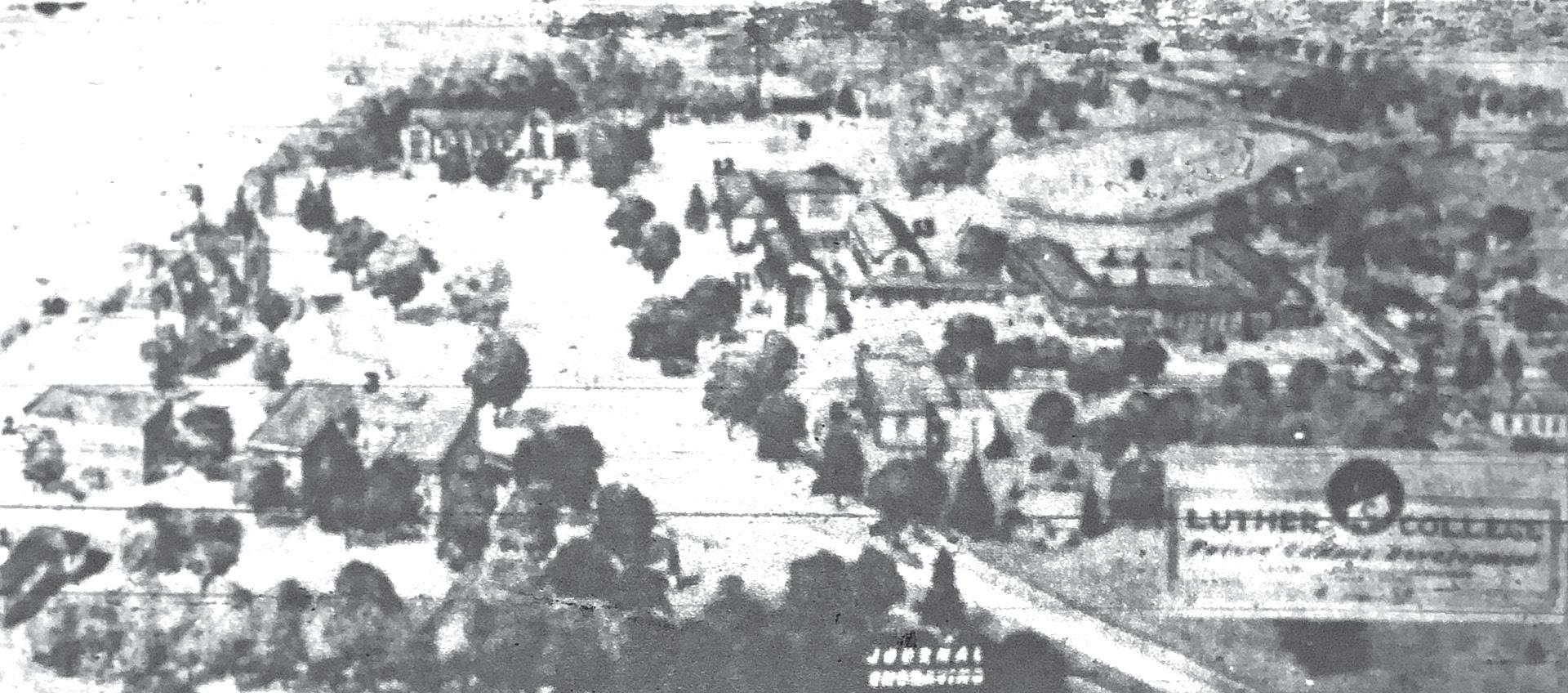




Happy 100th Happy 100th













Luther
Independence Day of that year. The addition of a women’s dormitory was later reported to be the first objective
a $500,000 building program on Luther’s campus in May of 1940, according to local
archives. Organizers at that time were seeking $100,000 to construct the building — to be called Sunnyside — with the expectation the new dorm would increase enrollment by 75-100 students. Other ar-
chives said the family of a 1915 Luther alum donated a glass bank full of pennies to the effort while Preus was in Boston calling on alumni for contributions. By October of 1941, an esti-



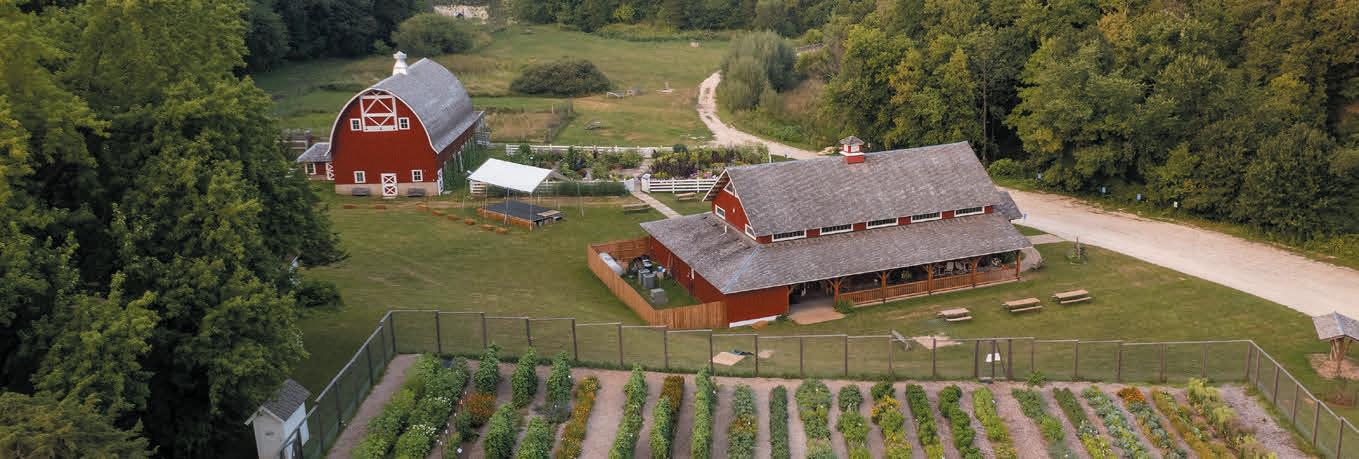












mated $70,000 had been raised for the dormitory project, and a photo of two freshman inside Sunnyside dormitory graced the Oct. 4, 1944, edition of the Public Opinion — female students outnumbered the men on campus by about 3-1 at that time, due to enlistment during WWII. Enrollment was such that the college’s Larsen Hall dormitory was temporarily made a women’s dormitory that year, according to local


archives. “What would have happened to Luther College during the war if co-education had not been instituted is a question often asked in Decorah,” the June 1, 1944, Decorah Journal said.


·





































